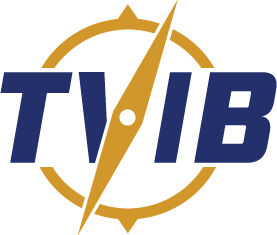USCG: Updated Guidance and Policy on Manning of Inspected Towing Vessels
Reposted from the USCG Maritime Commons
9/26/2018: Updated guidance and policy on manning of inspected towing vessels
Posted by LT Amy Midgett, Wednesday, September 26, 2018
The Towing Vessel National Center of Expertise posted a notice on its website Sept. 12, 2018 to alert mariners that the manning section of TugSafe Central has been revised to clarify current guidance and policy regarding manning of inspected towing vessels. Additionally, a new section entitled “Determining Manning Levels” was added to provide guidance and references for developing and evaluating manning levels for these vessels.
This guidance can assist vessel owners and operators as they propose manning levels to the Coast Guard when requesting an initial inspection for certification. The “Manning” and “Determining Manning Levels” sections can be found in the Credentials, Documents and Reports section.
For more information about this notice, contact the TVNCOE at (270) 444-7715 or via email at tvncoe@uscg.mil.
